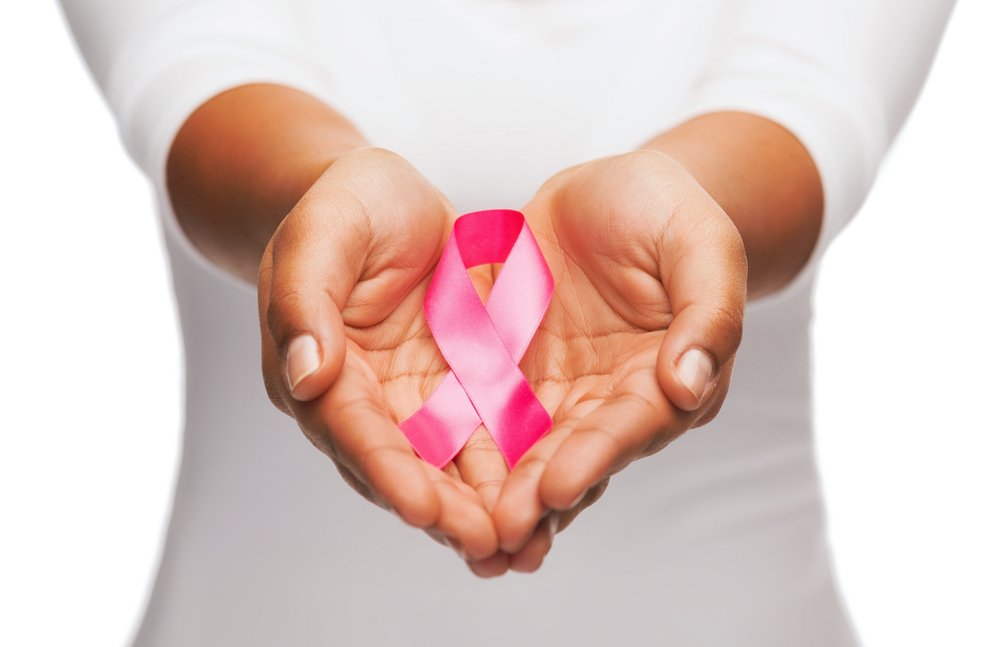.png.webp)
Dr. Ashwini
18-01-2025
Understanding HIV: Symptoms, Treatment, and Prevention Strategies
HIV (Human Immunodeficiency Virus) continues to impact millions worldwide, yet misconceptions and lack of awareness persist. Understanding HIV is crucial for reducing stigma, promoting prevention, and improving care for those affected. This comprehensive guide covers everything you need to know about HIV, from its symptoms and treatment options to effective prevention strategies.
What Is HIV?
HIV is a virus that attacks the body’s immune system, specifically targeting CD4 cells (T cells), which help fight infections. If untreated, HIV can lead to AIDS (Acquired Immunodeficiency Syndrome), the most severe stage of HIV infection. While there is no cure for HIV, advancements in treatment have made it possible for individuals to live long and healthy lives.
Symptoms of HIV
HIV symptoms vary depending on the stage of infection:
1. Acute HIV Infection (First Few Weeks)
During the initial stage, many people experience flu-like symptoms, often referred to as acute retroviral syndrome (ARS). These may include:
- Fever
- Fatigue
- Swollen lymph nodes
- Sore throat
- Muscle aches
- Rash
Symptoms can appear 2-4 weeks after exposure and may last for a few weeks. However, some individuals may not notice any symptoms during this stage.

2. Chronic HIV Infection (Asymptomatic Stage)
In this stage, the virus is active but reproduces at low levels. Many people may not show symptoms, but the virus continues to damage the immune system. This stage can last several years if untreated.
3. Advanced HIV (AIDS)
If untreated, HIV can progress to AIDS. Symptoms of AIDS include:
- Rapid weight loss
- Chronic diarrhea
- Persistent fever
- Severe fatigue
- Night sweats
- Recurrent infections
Early diagnosis and treatment can prevent the progression to AIDS.
HIV Treatment Options
While there is no cure for HIV, antiretroviral therapy (ART) has revolutionized HIV management. ART involves taking a combination of medications that suppress the virus and prevent it from damaging the immune system.
Benefits of ART
- Reduces viral load to undetectable levels, meaning the virus cannot be transmitted to others through sexual contact (U=U: Undetectable = Untransmittable).
- Improves immune function and overall health.
- Reduces the risk of HIV-related complications and opportunistic infections.
Adherence to treatment is critical for its effectiveness. Regular check-ups and blood tests help monitor progress and adjust medications if needed.
Prevention Strategies for HIV
HIV prevention is a multi-faceted approach that includes education, medical interventions, and behavioral changes.
1. Practice Safe Sex
- Use condoms consistently and correctly to reduce the risk of HIV transmission.
- Consider pre-exposure prophylaxis (PrEP), a daily medication for individuals at high risk of HIV.
2. Regular Testing
- Routine HIV testing is essential for early detection and treatment.
- Testing is especially important for individuals with multiple partners, those who inject drugs, or anyone who has unprotected sex.
3. Avoid Sharing Needles
- Use sterile needles and syringes to prevent HIV transmission among people who inject drugs.
4. Post-Exposure Prophylaxis (PEP)
- If you think you’ve been exposed to HIV, PEP can prevent infection if started within 72 hours.
5. Prevention of Mother-to-Child Transmission
- Pregnant women with HIV can prevent transmission to their babies through ART and other medical interventions.
6. Awareness and Education
- Educate yourself and others about HIV to combat stigma and promote preventive measures.

HIV Stigma and the Importance of Awareness
Stigma and discrimination remain significant barriers to HIV prevention and treatment. Misconceptions about how HIV is transmitted contribute to fear and isolation for those living with the virus.
Key Facts to Combat Stigma:
- HIV cannot be transmitted through casual contact, such as hugging, sharing utensils, or using the same restroom.
- People living with HIV on effective ART with undetectable viral loads cannot transmit the virus sexually.
Promoting understanding and compassion is vital for supporting individuals and encouraging widespread testing and treatment.
The Future of HIV Research and Treatment
Ongoing research continues to advance HIV prevention and treatment:
- Vaccine Development: Efforts are underway to create an effective HIV vaccine.
- Innovative Therapies: Long-acting injectables and implants aim to simplify treatment regimens.
- Cure Research: Scientists are exploring gene editing and other technologies to find a cure for HIV.
Conclusion
HIV is no longer a death sentence, thanks to medical advancements and increased awareness. Understanding the symptoms, treatment options, and prevention strategies empowers individuals to take control of their health and contribute to reducing the global impact of HIV.
By spreading knowledge and fostering compassion, we can work towards a world where HIV is no longer a threat.


